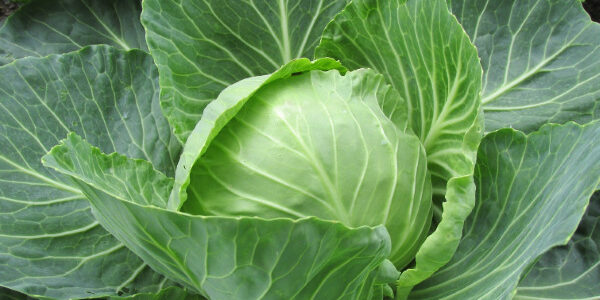The cabbage industry stands at the forefront of agricultural innovation, focusing on sustainable practices that echo the global trend towards environmentally friendly products. Global production has seen a continuous rise, with China and India leading the way, expanding the cabbage cultivation area from 2,299 thousand hectares in 2010 to 2,499 thousand hectares in 2022. Despite this growth, the increase in per-unit yield has been relatively limited, with output stabilizing at 28.5 to 29.5 tons per hectare over the past decade.
Market Pricing and Consumer Trends
Wholesale prices for cabbage have experienced a moderate increase, reflecting the market’s response to sustainable agricultural methods. Consumers are increasingly willing to pay a premium for organically and sustainably grown cabbage, indicating a market that values both product quality and environmental protection.
Sustainable Practices and Technological Innovations
The green transformation of the cabbage industry marks the adoption of sustainable agricultural practices, including integrated pest management, crop rotation, and the use of organic fertilizers. Innovative technologies such as hydroponics and aeroponics are being explored, offering the possibility of year-round production and minimizing the ecological footprint.
Global Market Synergy and Future Outlook
China’s dedication to sustainable cabbage cultivation aligns with the global trend of responsible agriculture. The fusion of innovative practices with the market’s demand for sustainability provides a promising outlook for the industry’s future growth.
As we enter April 2023, the cabbage industry is at a crossroads where growth and sustainability are not mutually exclusive but complementary paths. The industry’s trajectory will be marked by its commitment to balancing these two aspects, ensuring that cabbage becomes a symbol of excellence in sustainable agriculture.


